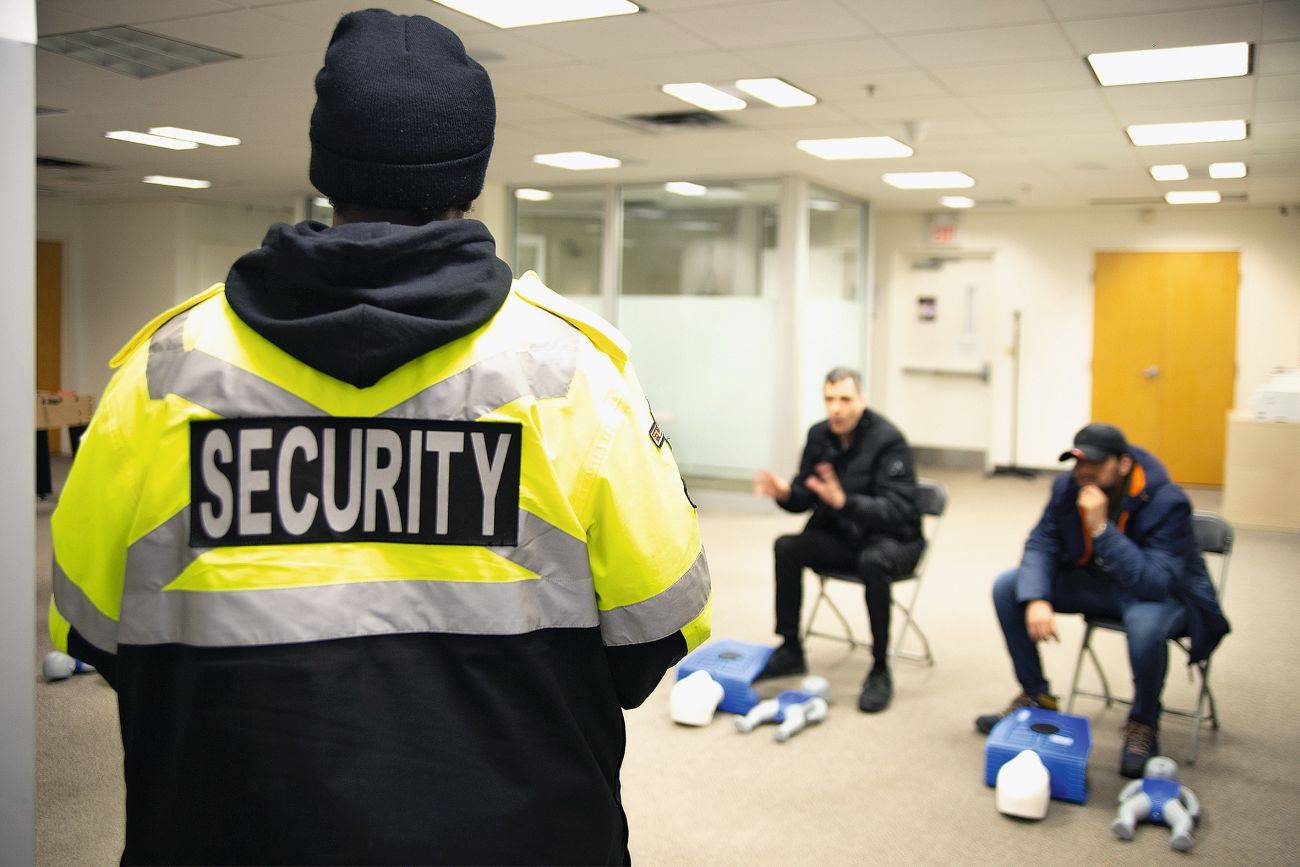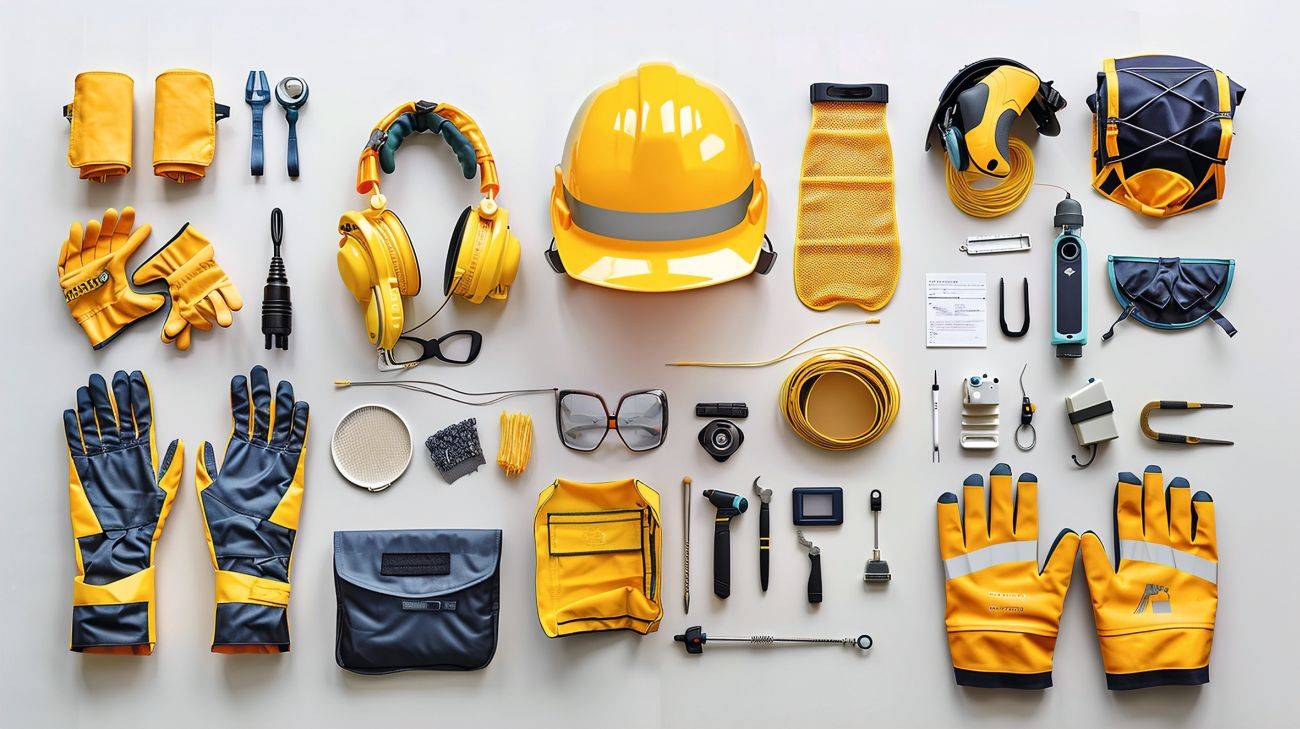The least serious accident is the one that doesn't happen in the first place. To achieve this ideal situation, however, a strong culture of prevention is required. And this is one thing above all: a matter for the boss.
Back in 2014, the World Health Organization (WHO) defined prevention as "protecting and strengthening the health of company employees, their complete physical, mental and social well-being - and not just the absence of physical and mental illness and infirmity."
Experts refer to this definition as positive psychology. This is because it deals scientifically with the question of how the well-being and personal development of individuals can be promoted within a company.
Labor researchers such as Frederick Winslow Taylor or Frank Bunker Gilbreth, in Germany first and foremost the social economist Max Weber, had already discovered in the 19th and early 20th century that it is above all social recognition and not money that makes employees good and committed workers. However, social recognition not only includes appreciation, sympathy and praise from the employer, but above all a working environment that signals to the employee that they are worth something. Ideally, the working environment will achieve the following:
- Create a strong bond between employer and employee
- Motivate the employee
- Awaken positive feelings
- Give meaning to the work
- Present successes and failures as a shared outcome
The above may give the reader the impression that it is primarily flexible working time models, a comfortable break room or delicious canteen food that contribute to security in the company, but this is too short-sighted.
Above all, the fact that the boss (or other superior) pays attention to the safety of those under their protection also signals appreciation. Conversely, it is in the company's vital interest to maintain the work performance and health of the workforce. Company prevention therefore does not just mean providing luxury personal protective equipment, designating sufficiently illuminated escape routes or sending employees to regular safety training courses. Prevention starts well in advance. Specifically, for example, through offers to maintain physical fitness, psychological offers and social cohesion.
 Healthy employees are more productive and make fewer dangerous mistakes. A balanced diet is part of this - Photo: Alexander Raths/stock.adobe.com
Healthy employees are more productive and make fewer dangerous mistakes. A balanced diet is part of this - Photo: Alexander Raths/stock.adobe.com
Prevention must be practiced above all by management
In this context, leadership does not just mean the company owner, a managing director or department head. Managers can often not be defined by a title or position. From a social point of view, managers are also, for example, particularly popular colleagues, employees who have been with the company for many years or people with above-average competence. Working groups are often geared towards them in the same way as hierarchically established official persons. Whoever is considered a leader, everyone is invited to work on prevention concepts. The topics of leadership, participation, working atmosphere, communication and, above all, error culture are important. The latter in particular is of crucial importance when it comes to prevention. A story from the world of air travel shows just how important error culture is. At Lufthansa, there is a company-internal confessional facility. Any employee can go to a specially set up office and report errors that they have made or noticed in any other way. And without having to fear any consequences.
Lufthansa pilots, for example, are prohibited from flying through thunderstorm cells. Enormous forces prevail within the mountains of clouds. Rising and falling winds, temperature drops, masses of rain and hail and much more put people and aircraft at risk. On the way from South America to Europe, the crew of an Airbus flew through such a cell to make up for a delay. Fortunately, the mistake had no safety-relevant consequences. However, this could well have been the case. The pilots realized that the speedometers were icing up under these extreme conditions. They confessed their mistake and Lufthansa examined the speedometers - which confirmed the pilots' experience.
The airline then reported the results to Airbus and all other airlines. Most of them then replaced the speedometers with other models. Not so Air France, however. A few weeks later, the horror scenario occurred. On the same route over the South Atlantic, the airspeed indicators of an Air France Airbus iced up in a thunderstorm cell and the plane crashed.
The incident shows how important it is to admit mistakes and then rectify them. Speaking openly without fear of consequences contributes to safety. Coupled with a practiced commitment to safety on the part of everyone involved at all hierarchical levels, half the battle is already won. The rest is made up of training, exercises, developing rules and behavioral measures. However, one principle always applies. The boss or bosses must actively exemplify the commitment to accident prevention.
 Regular safety training, here cardiopulmonary resuscitation, prepares employees for emergencies - Photo: Flex_Point_Security/stock.adobe.com
Regular safety training, here cardiopulmonary resuscitation, prepares employees for emergencies - Photo: Flex_Point_Security/stock.adobe.com
Three approaches frame the measures
Approach 1:
First of all, two variables influence operational safety. Namely the external variables and the internal variables.
The external influences are set by authorities, associations, the legislator and a set of rules consisting of laws and (administrative) regulations, for example. The internal influences go much further. They specify the external standards to the individual fingerprint of the company. In other words, external influences are shaped by dialogue with external partners from external organizations with the help of a set of rules. Internal approaches involve internal experts (and therefore experts on the internal situation) and make use of their experience.
Approach 2:
The company can now rely completely on the internal specialists and their expertise. These experts define the hazard standards and design possible solutions. In this case, we speak of competence-based risk perception.
Fragmented risk perception is also possible and practised. In this case, the company concentrates on probabilities. For example, it is more likely that a chemical accident or fire will occur in an electroplating plant than, for example, water damage. Safety concepts are primarily geared towards this.
The highest level of hazard perception perceives all possible and impossible sources of danger and constantly processes these perceptions in new safety concepts. All employees are constantly up to date and live the philosophy of avoiding even seemingly impossible dangers. In this case, we therefore speak of comprehensive hazard perception.
Approach 3:
All factors that could endanger or promote safety are constantly observed, trained and, if necessary, promoted or questioned by everyone. This involves technical aspects, behavioral measures, training, psychological factors and much more. Employee health promotion also plays an important role in this highest form of prevention system.
In every conceivable case, however, the manager, the boss, is at the center of the action. They have to set an example for their employees. They determine which standards apply in their company or within their group.
The role model function of the boss
You can only be a role model if you recognize yourself and work on yourself. Bosses who urge their employees to do something and then act contrary to this themselves become untrustworthy. There are plenty of examples of this in everyday working life: the boss's credo of living healthily - and smoking and drinking himself. Requiring employees with a cold to stay at home so as not to infect others. But then carry the viruses into the company themselves with a cough and cold. Demanding an individual work-life balance and then exploiting yourself by working overtime and weekends. Prescribing protective goggles at the electroplating bath, only to show up there later without protective goggles.
 Personal protective equipment (PPE) varies from industry to industry and also from country to country. In this picture, for example, safety shoes are missing - Photo AI-generated by Naseem/stock.adobe.com
Personal protective equipment (PPE) varies from industry to industry and also from country to country. In this picture, for example, safety shoes are missing - Photo AI-generated by Naseem/stock.adobe.com
The working atmosphere
The role of the working atmosphere and group climate in prevention is still greatly underestimated. Yet positive and respectful interaction with one another is one of the pillars of operational safety. Teamwork in its most positive form avoids errors. Fewer errors lead to safer processes.
Management personnel can have a positive effect on the working atmosphere. Key words here are fairness, a democratic management style, promoting the fearless expression of opinions and also admitting one's own weaknesses. Overall, a good working atmosphere is a relieving factor in the day-to-day work of everyone involved. No one has to pretend to the other, everyone knows the strengths and weaknesses of their colleagues and their own.
Costs and time
If you want to credibly communicate the value of health and safety in the workplace to your employees, you also need to document this through investment. Above all, this means investing money, effort and time. For example, it sends out a clear signal if every new employee is instructed in the company's health and safety concept before they actually start work. If he or she has to complete appropriate training right away, possibly being sent on a safety course first.
It also sends out a signal if the boss insists that the safer work process is preferred over the fast work process. Or that he insists on minimum rest periods and maximum permitted working hours, even in situations with tight deadlines.
The fact that prevention in the workplace is also worthwhile for the company is demonstrated by a figure that the German Social Accident Insurance (DGUV) determined as early as 2013 as part of a study. In a company with a high level of safety and health awareness, every euro invested in workplace prevention returns 2.20 euros. A return that can no longer be achieved with bank investments today.


